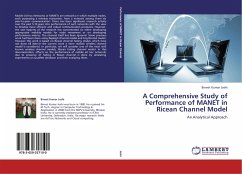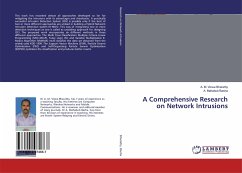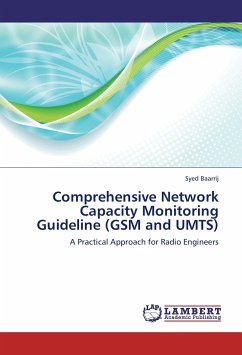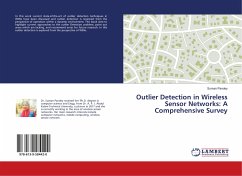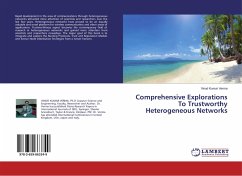The performance of a realistic optical code-division Multiple-Access OCDMA network have been evaluated with PIN and APD receivers, also evaluated with NRZ and RZ transmitters. This compassion has been carried out including realistic system parameters as chromatic dispersion, Multiple Access Interference (MAI), receiver noises (dark current, short noise and receiver thermal noise) and photodiode bandwidth. We analyze the error probability of the network taking into account these parameters. The data formats used to modulate the carrier light wave in modern optical communication system is vital to achieving good system performance. The RZ improvements have been studied in several publications for a limited set of parameters such as fiber length & duty cycle. The earlier generations of OCDMA which was based on direct conversion from electrical to optical domain was complicated and impractical. However the advent of Optical Spectral Amplitude Coding (OSAC) Scheme with simpler approach has revived the viability of this technology. Modified Double Weight (MDW) and Enhanced Double Weight (EDW) are the two codes proposed to overcome the limitations of existing codes at a reduced cost.
Bitte wählen Sie Ihr Anliegen aus.
Rechnungen
Retourenschein anfordern
Bestellstatus
Storno


